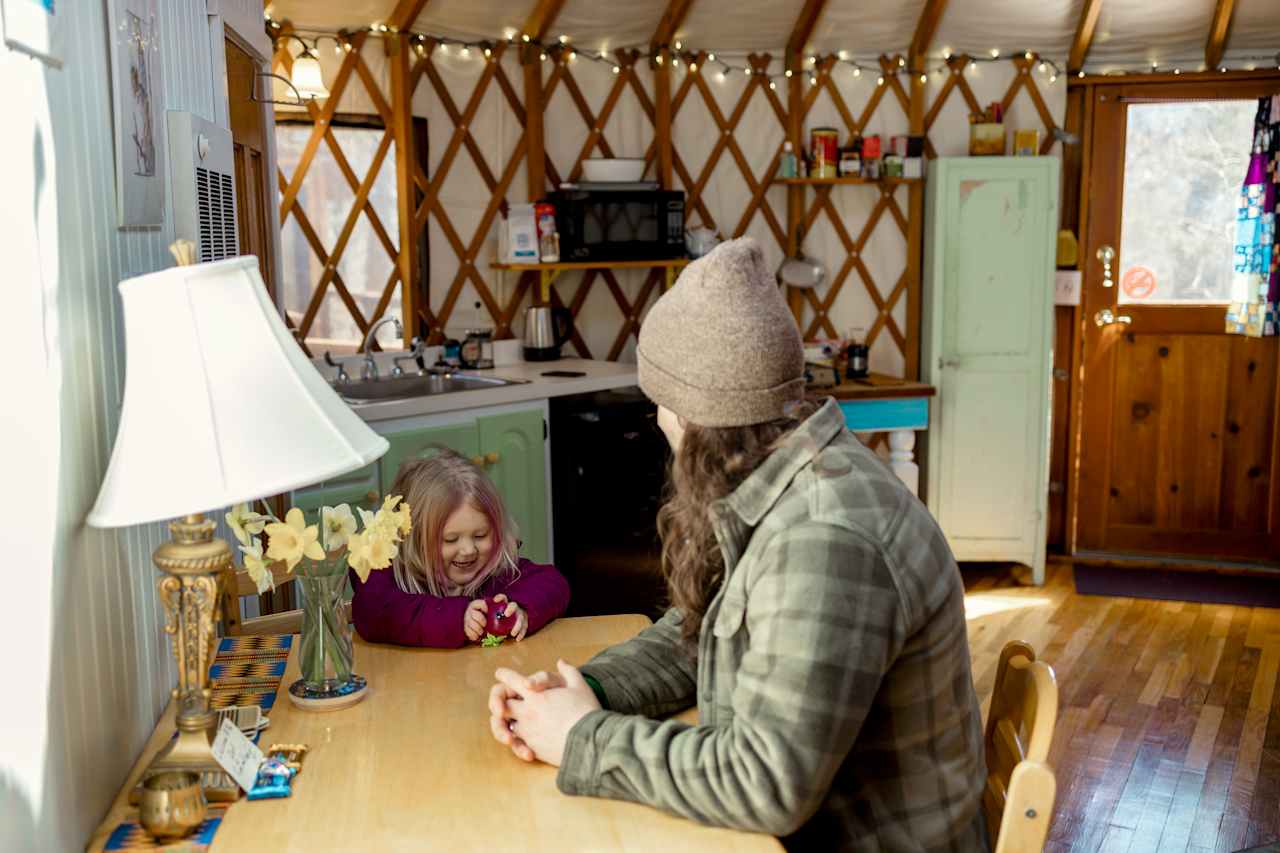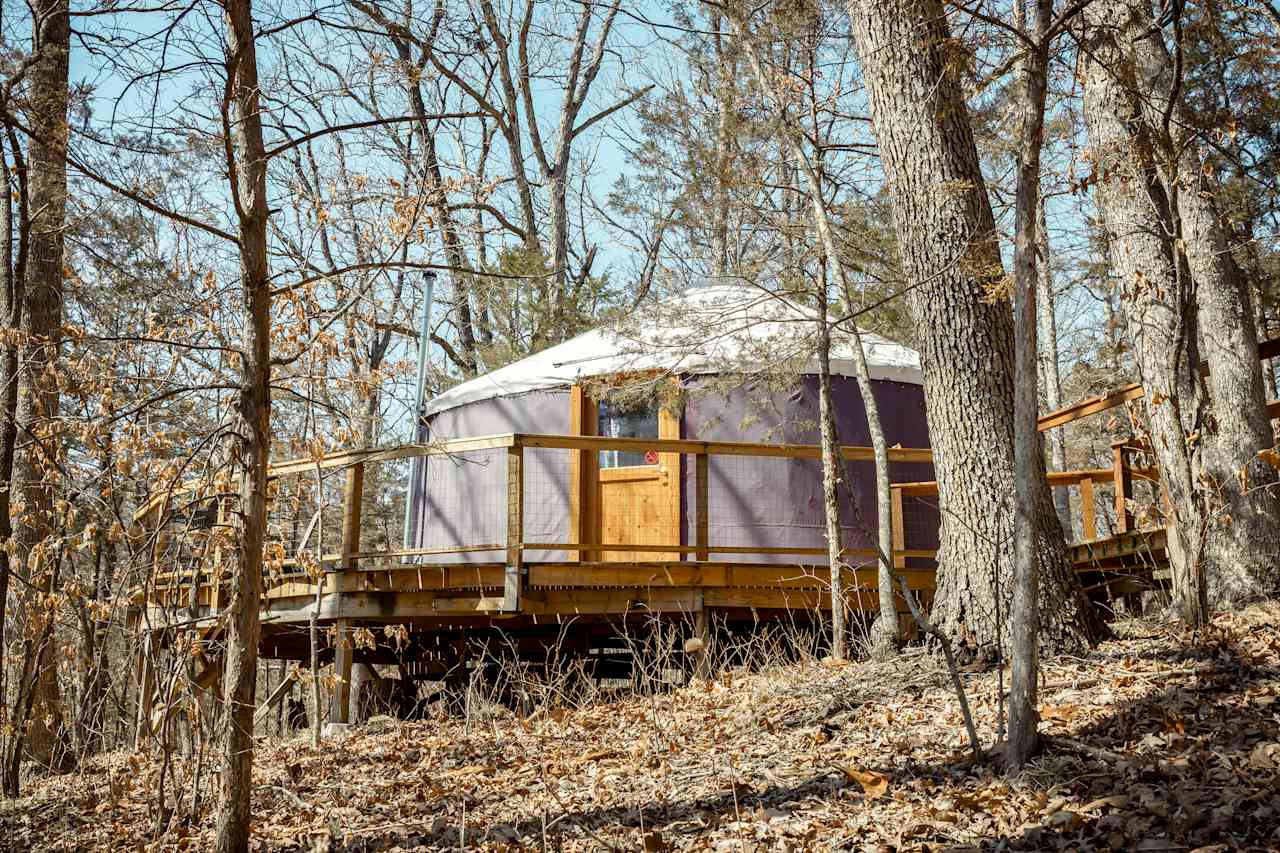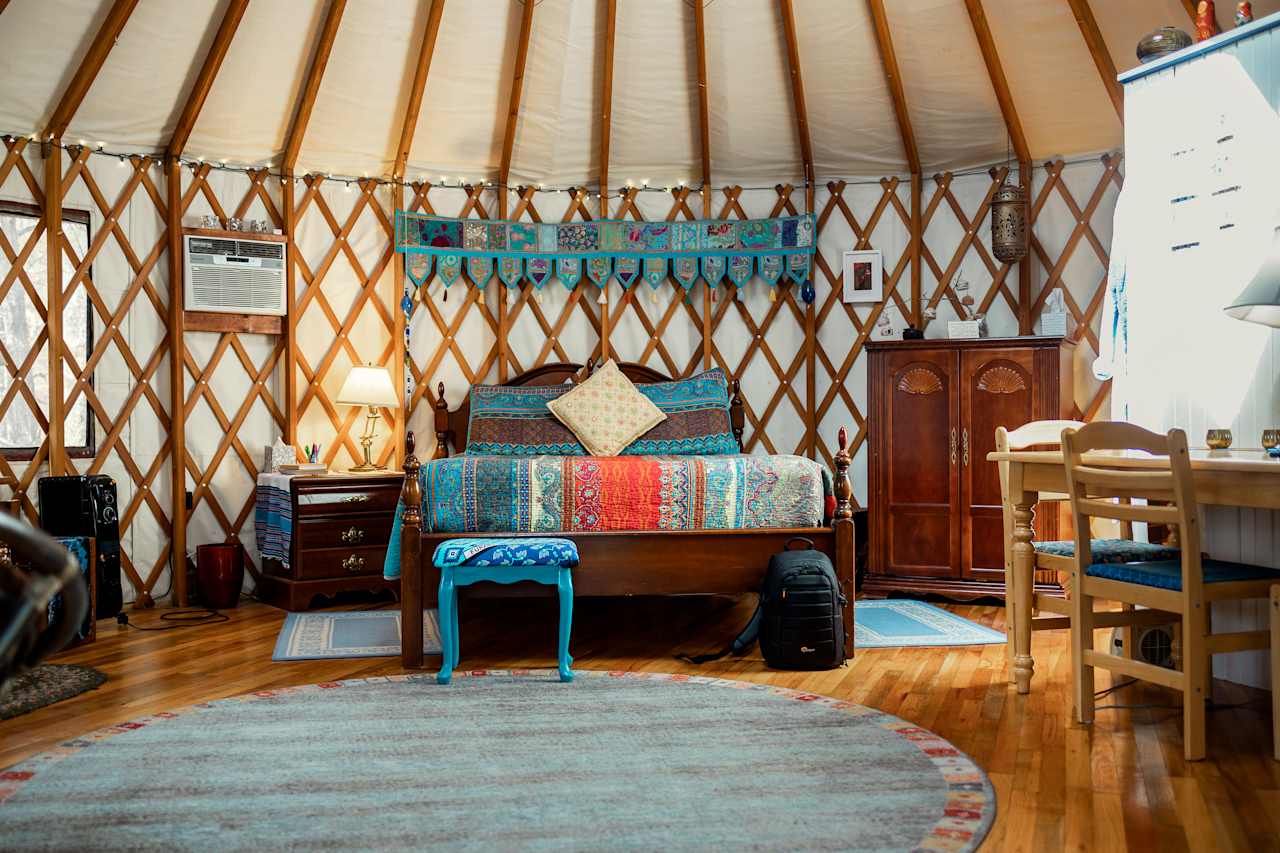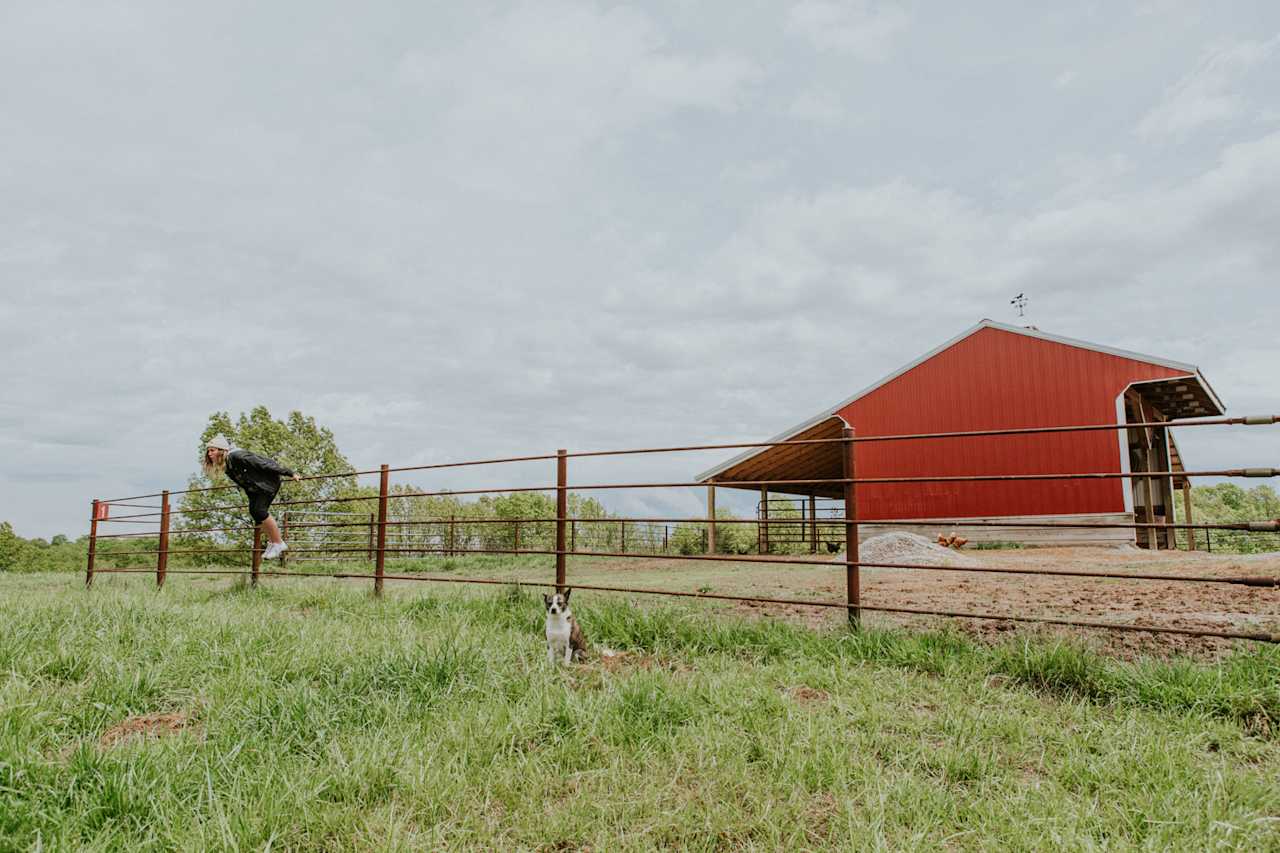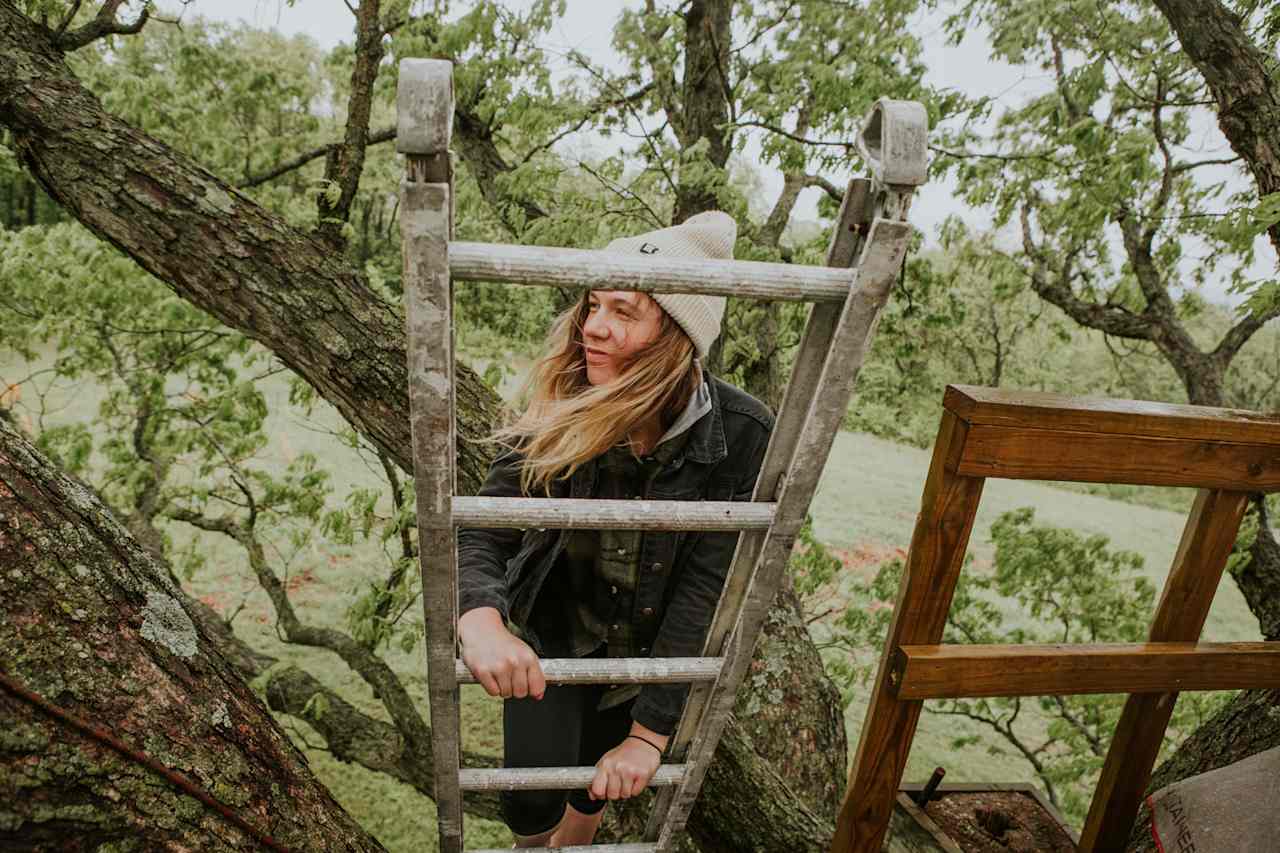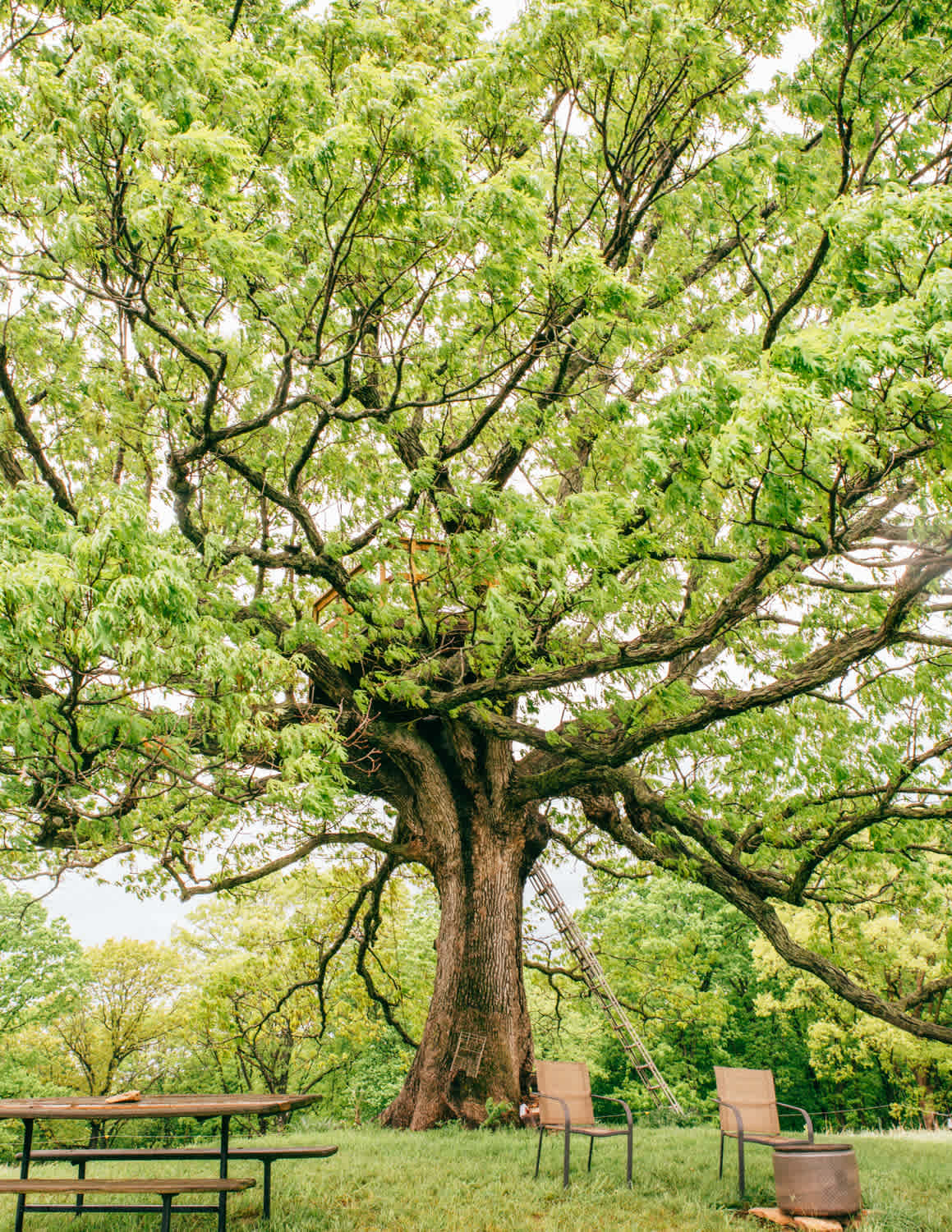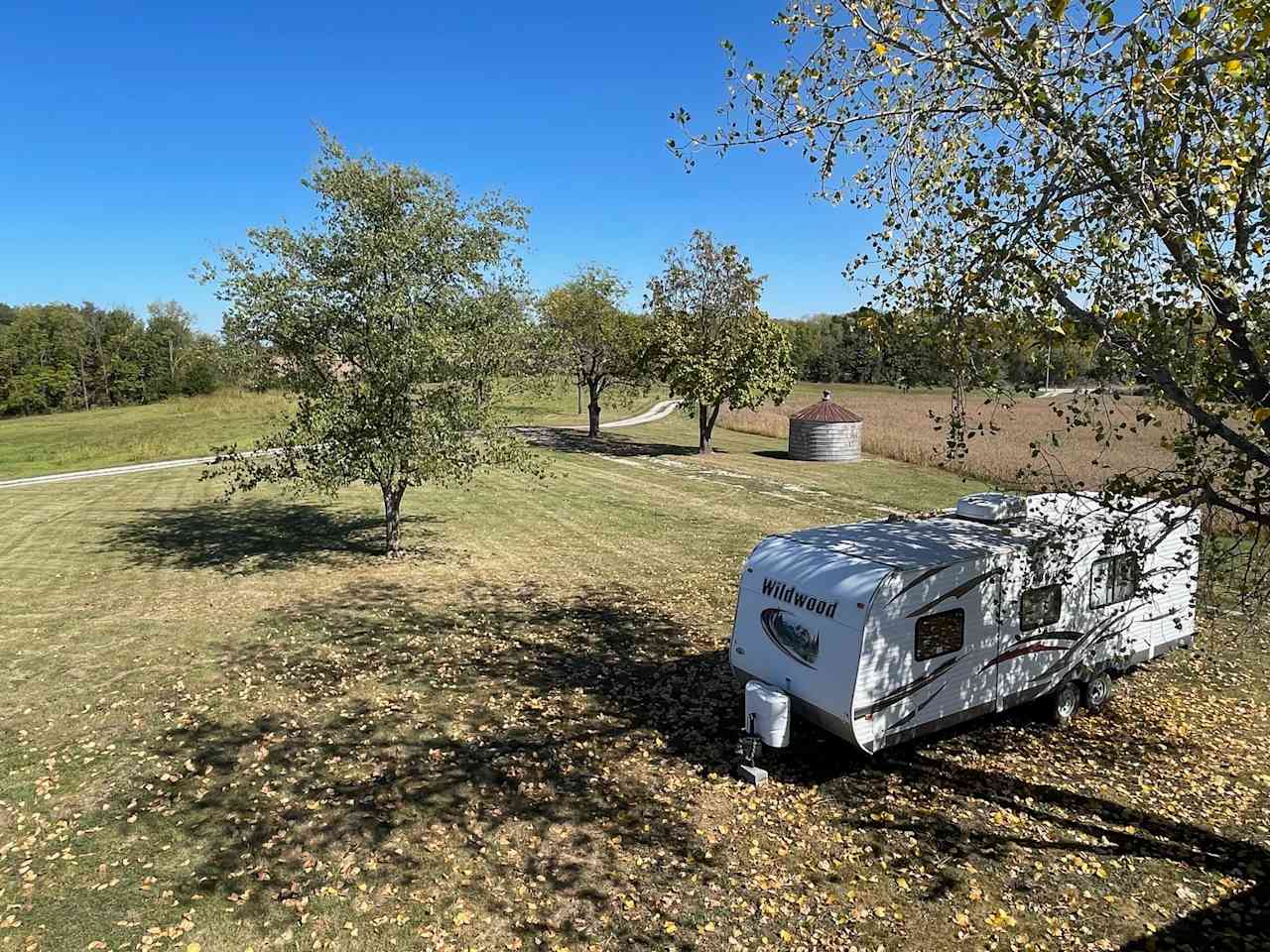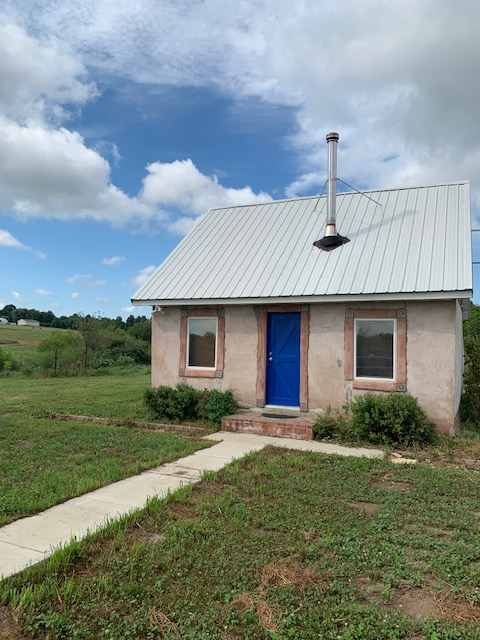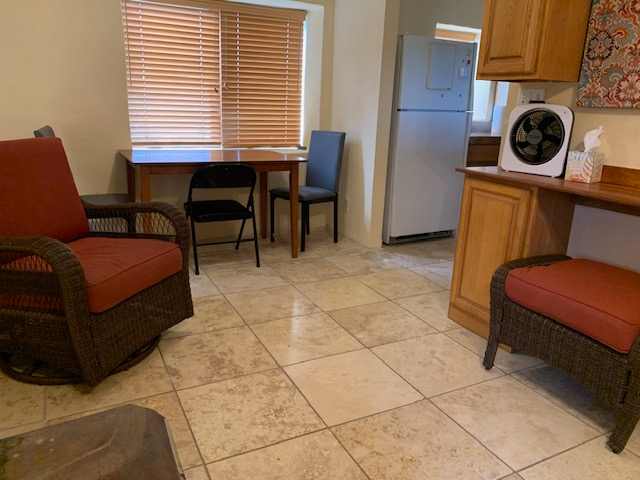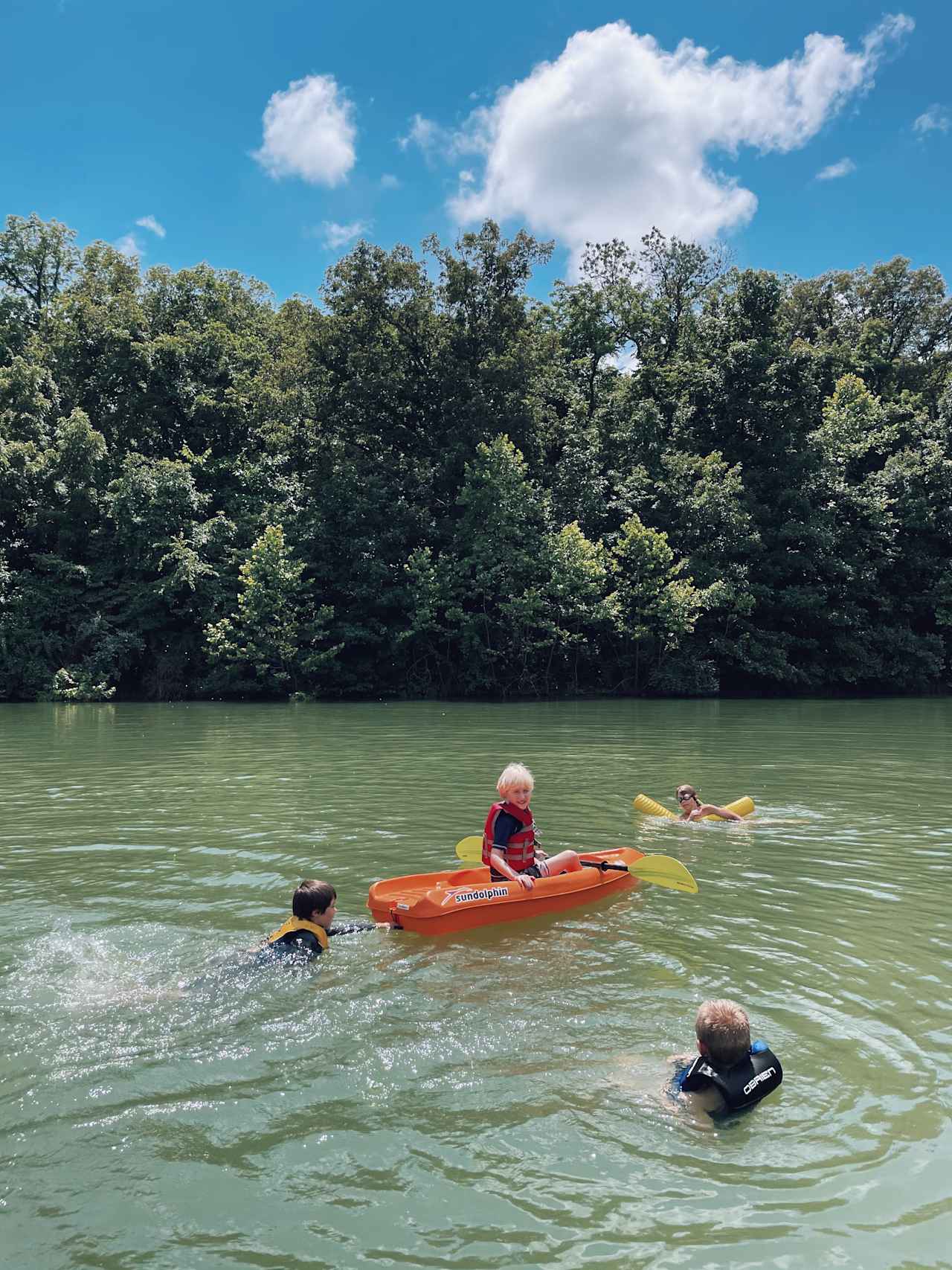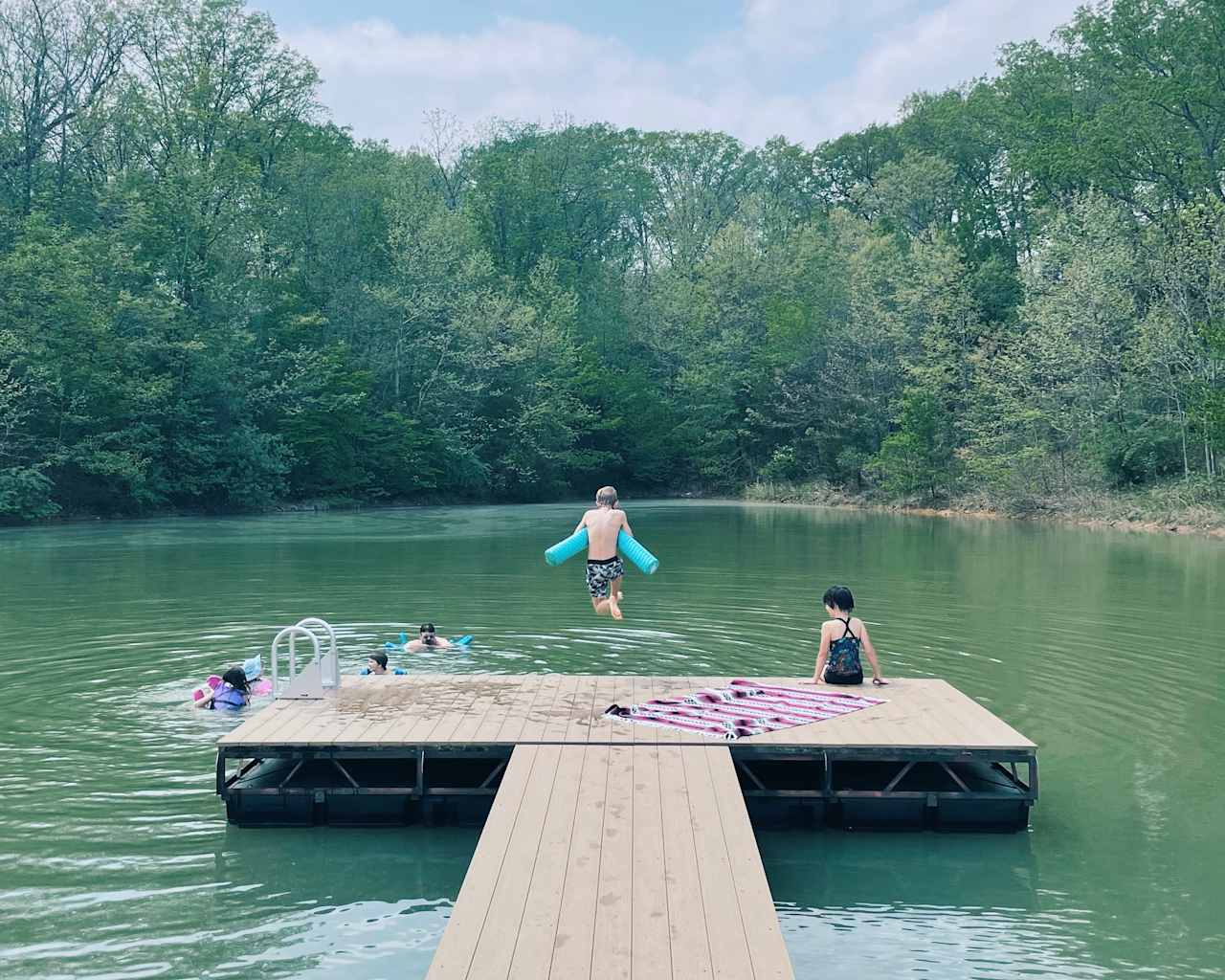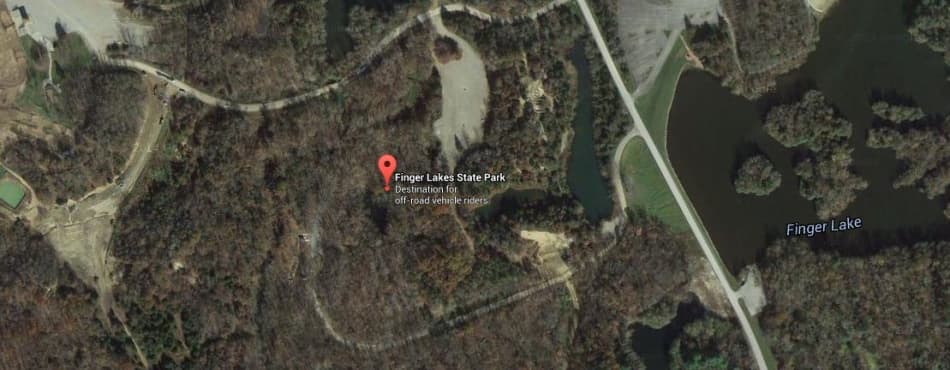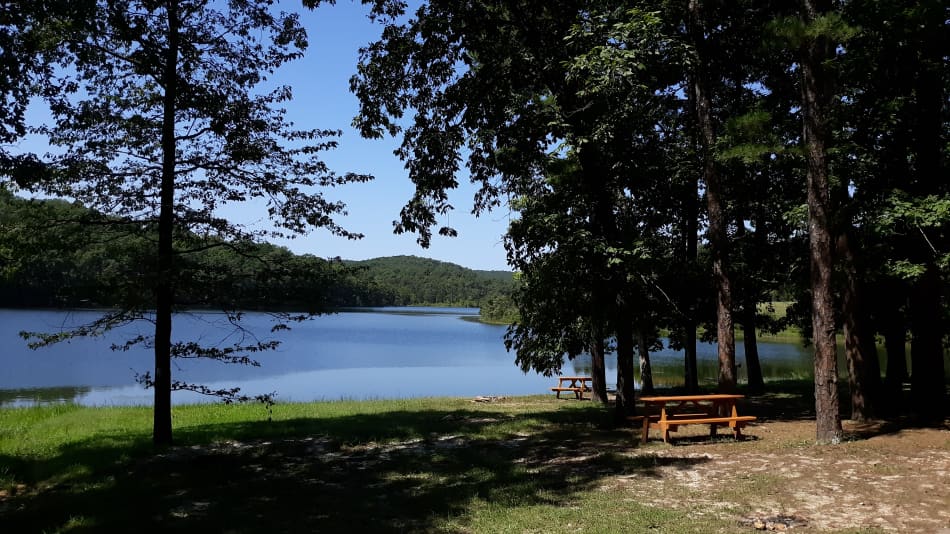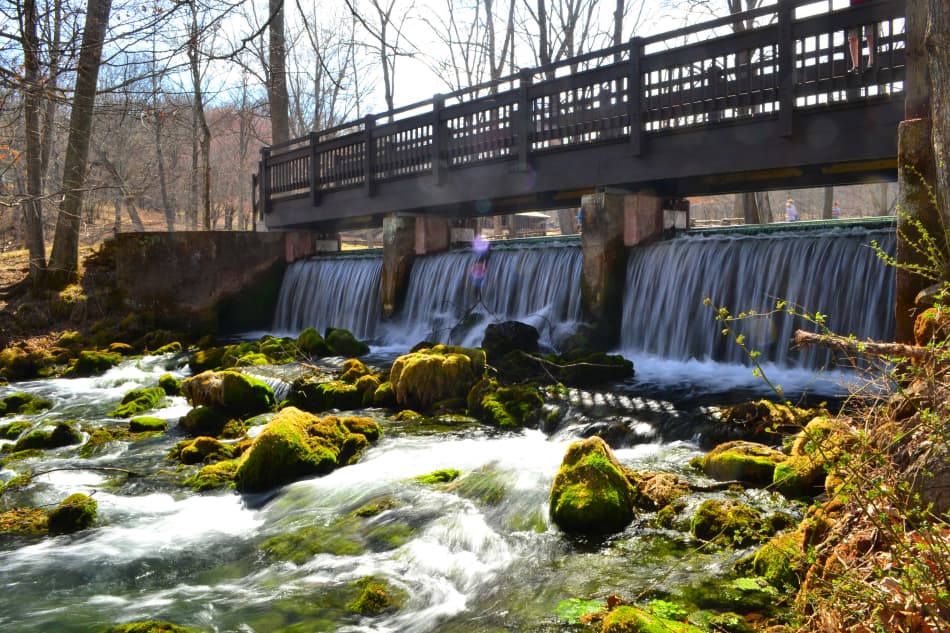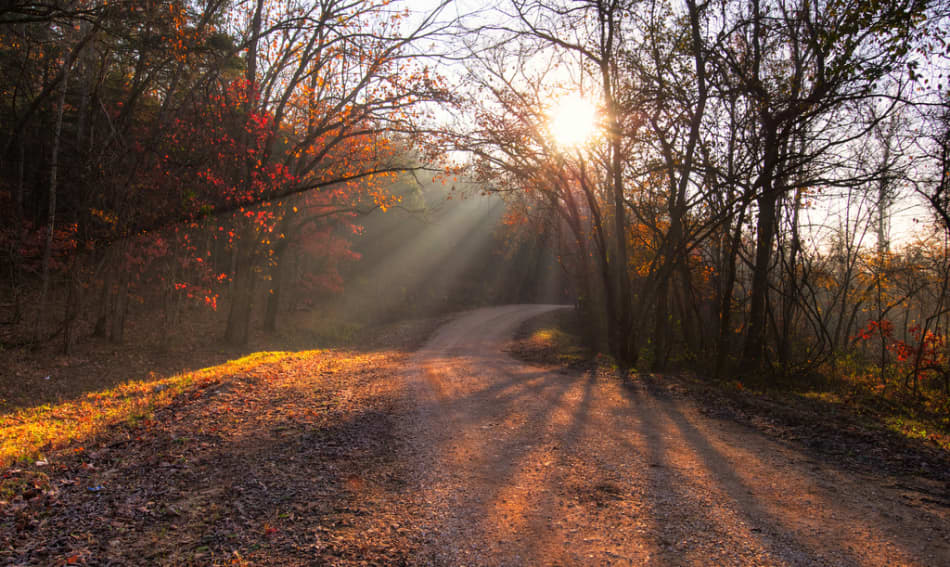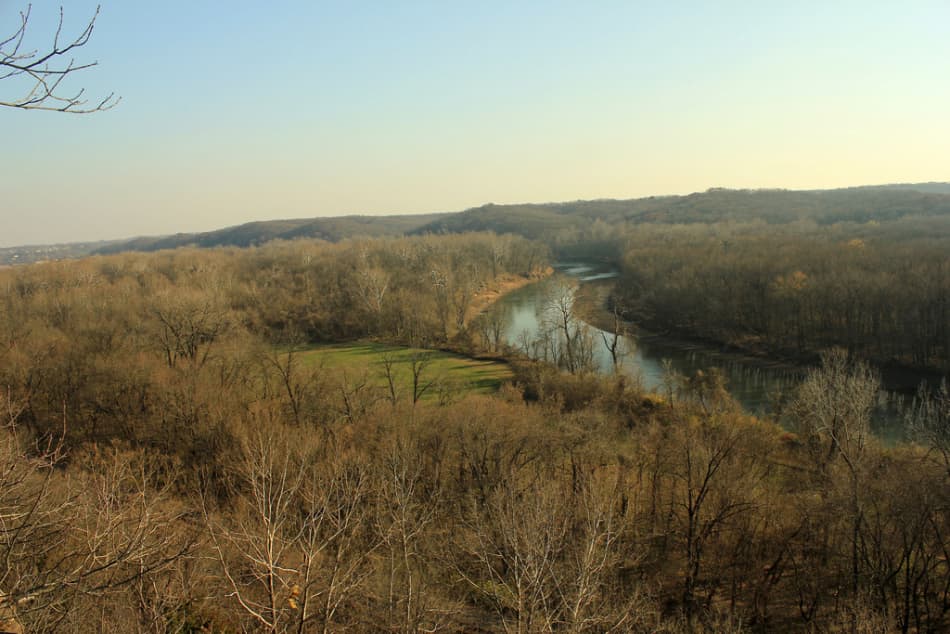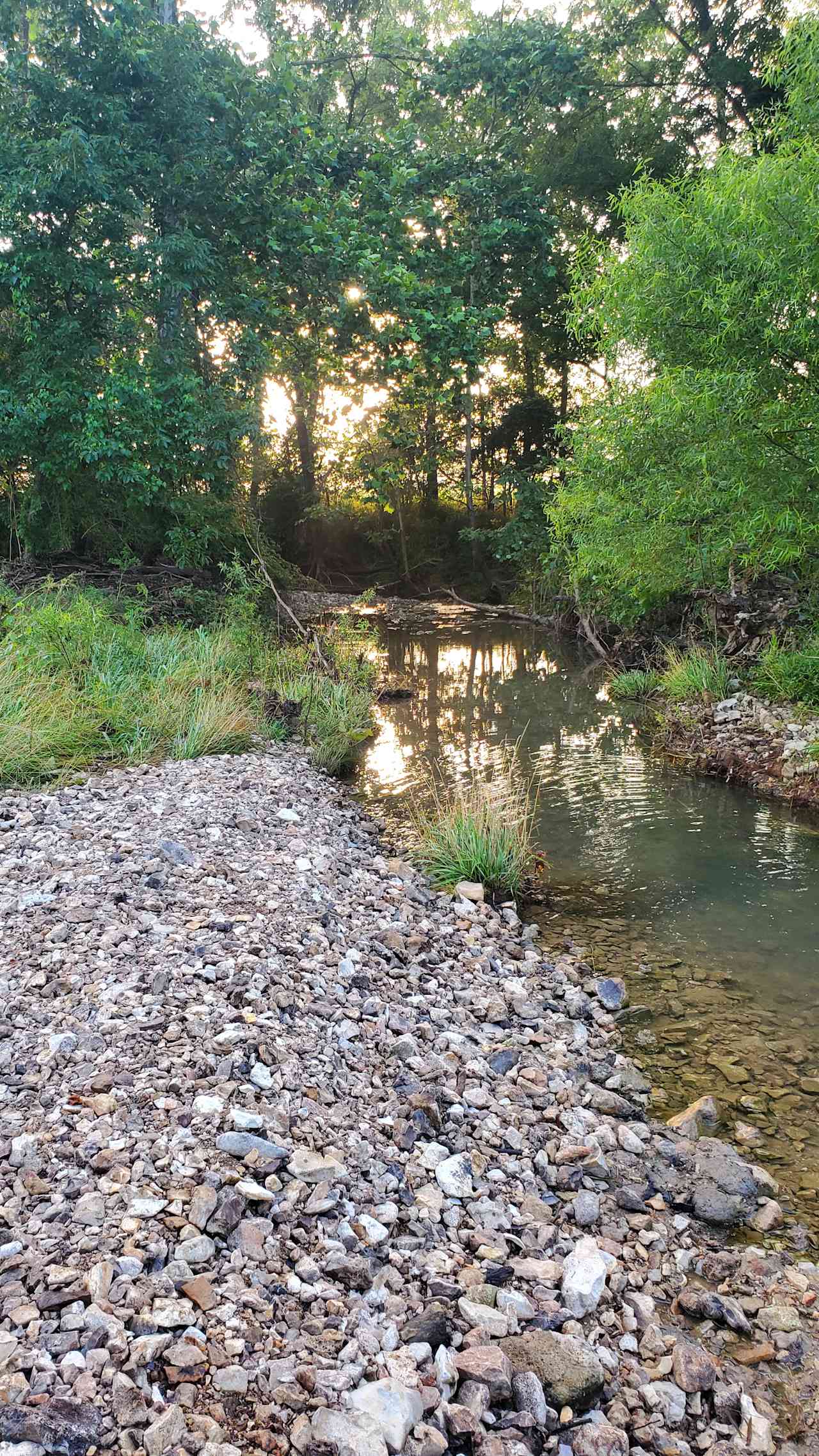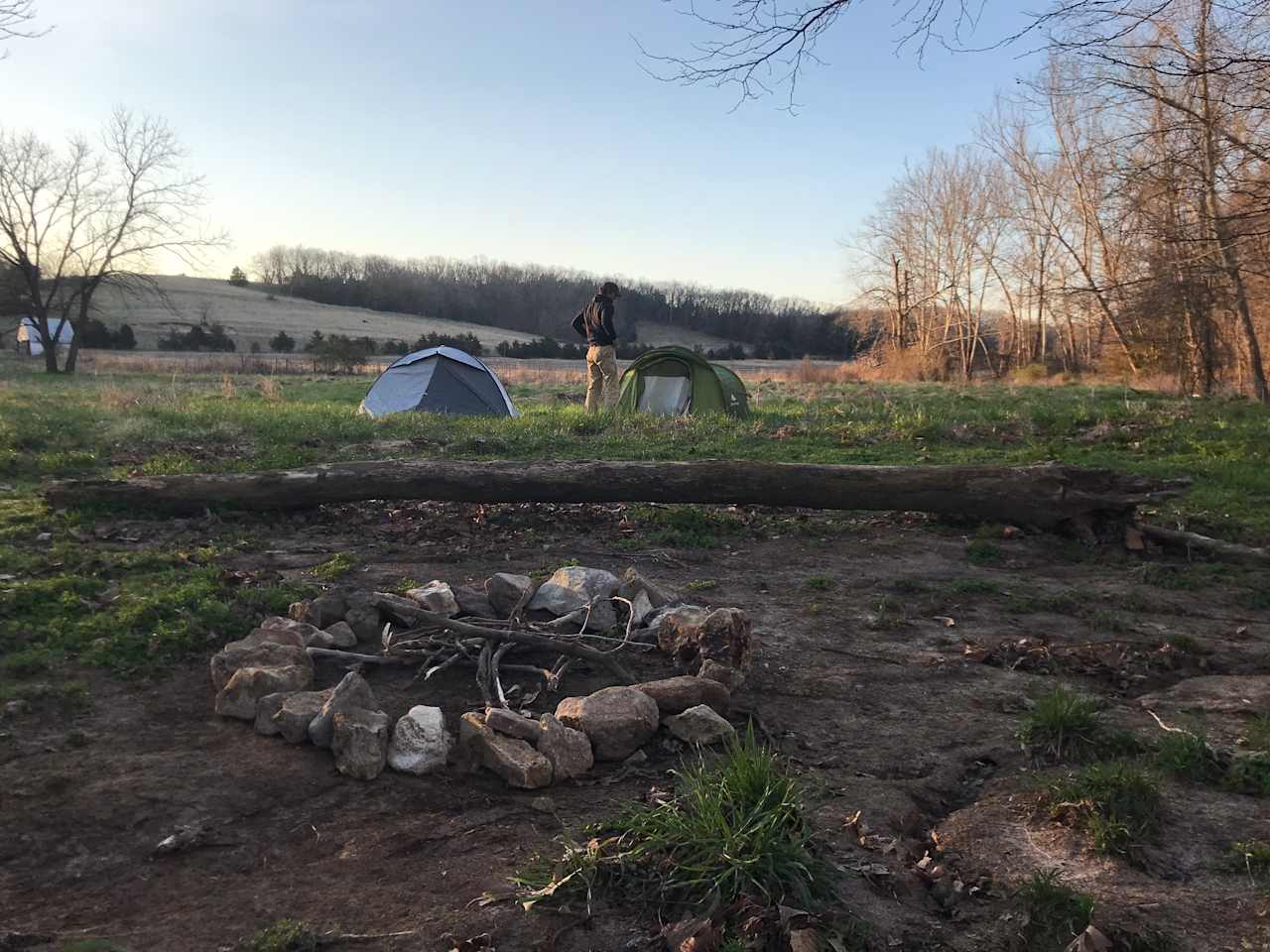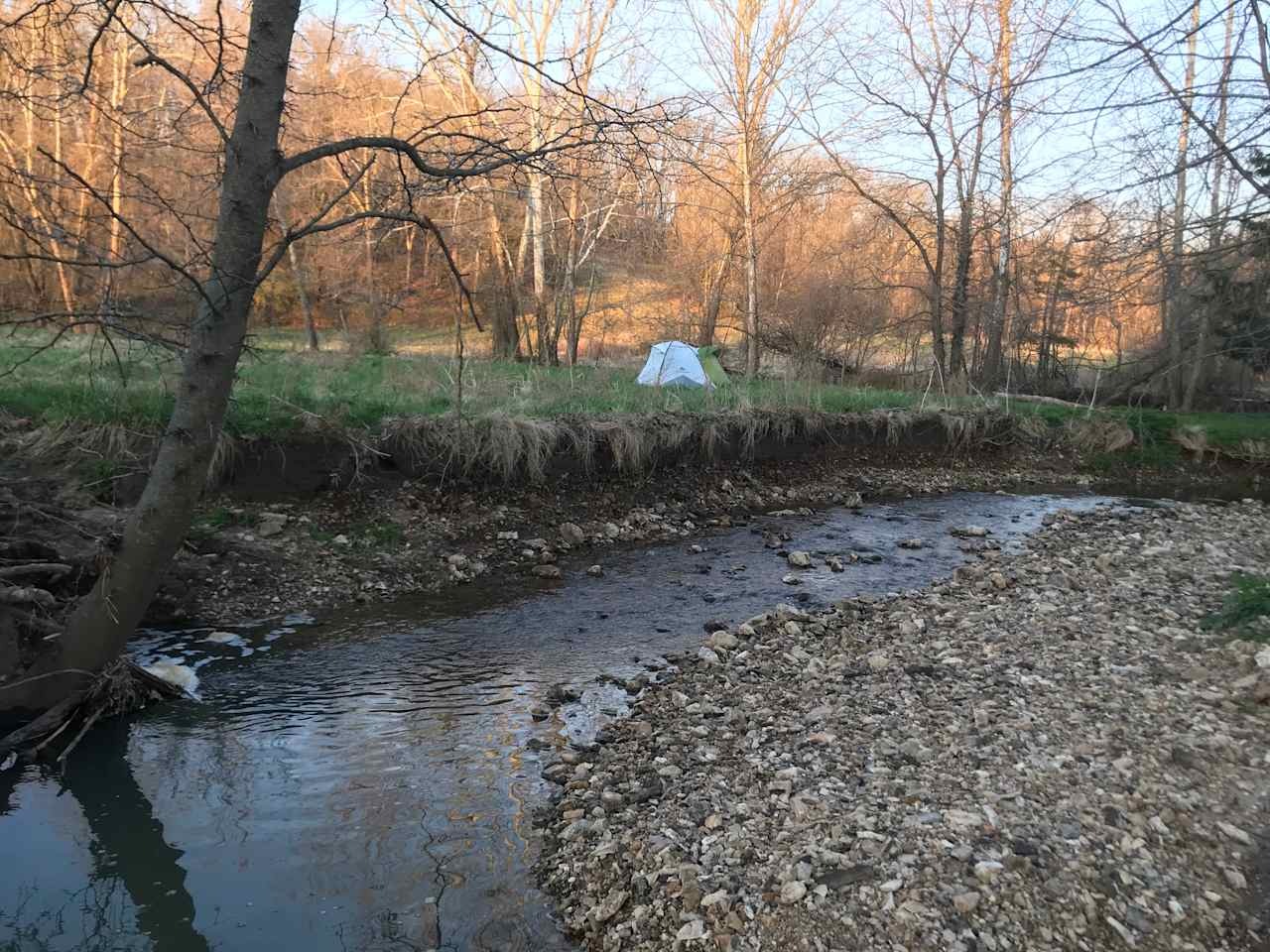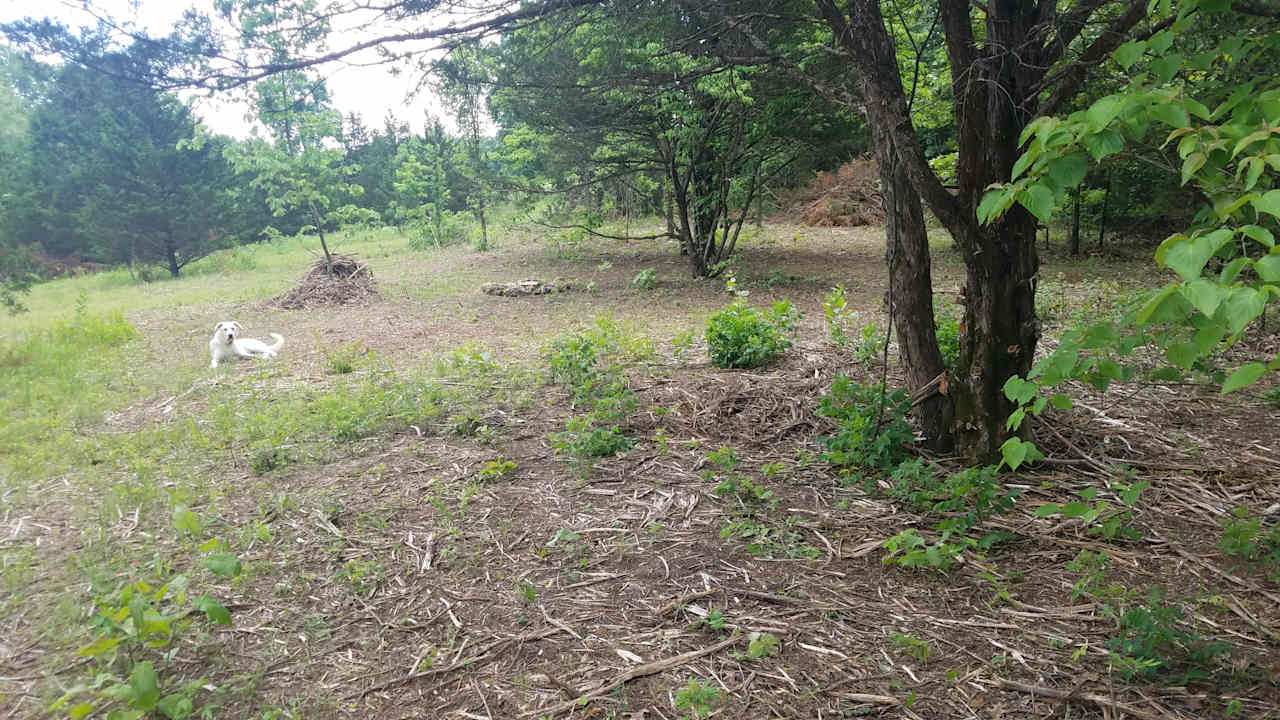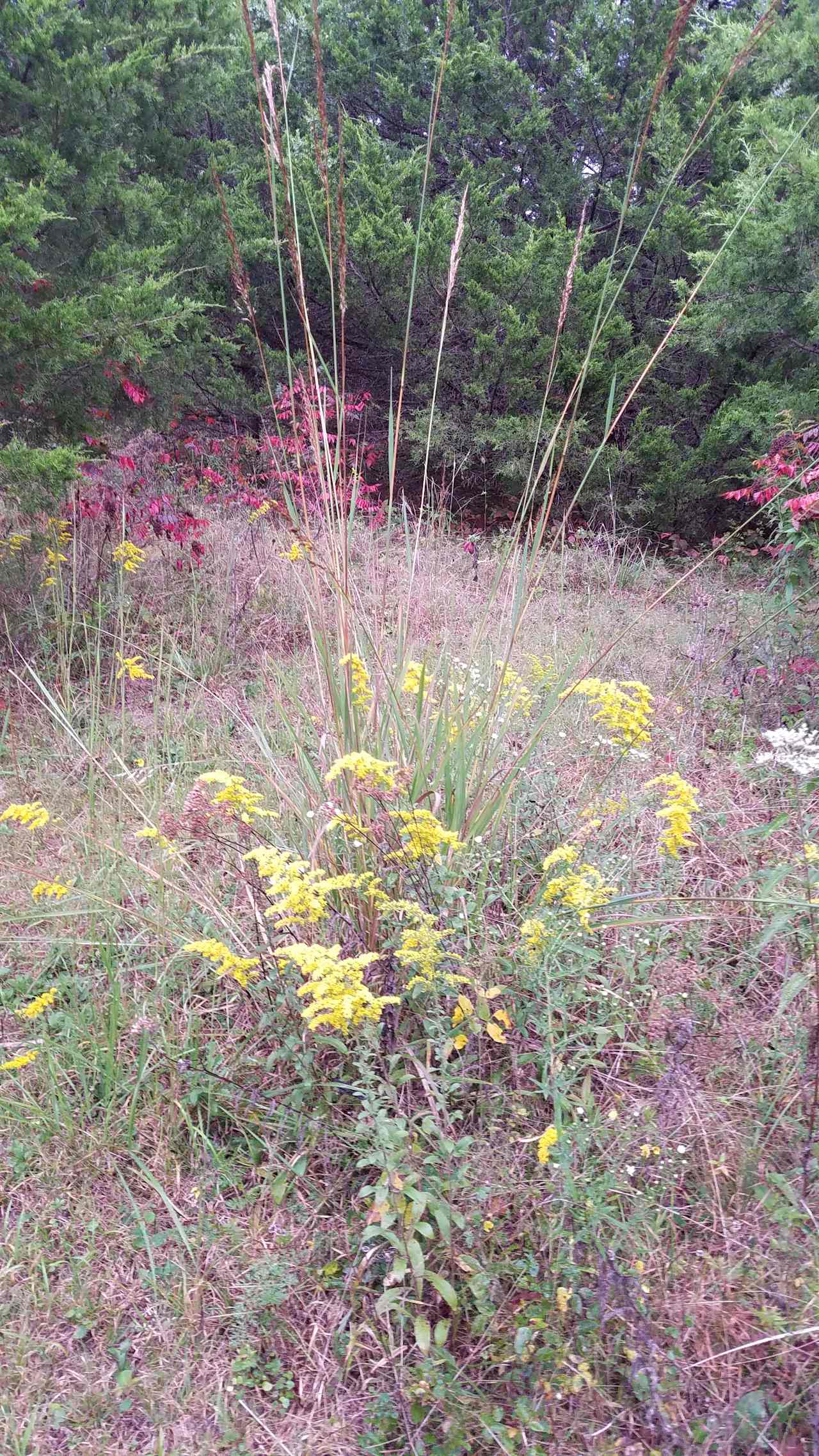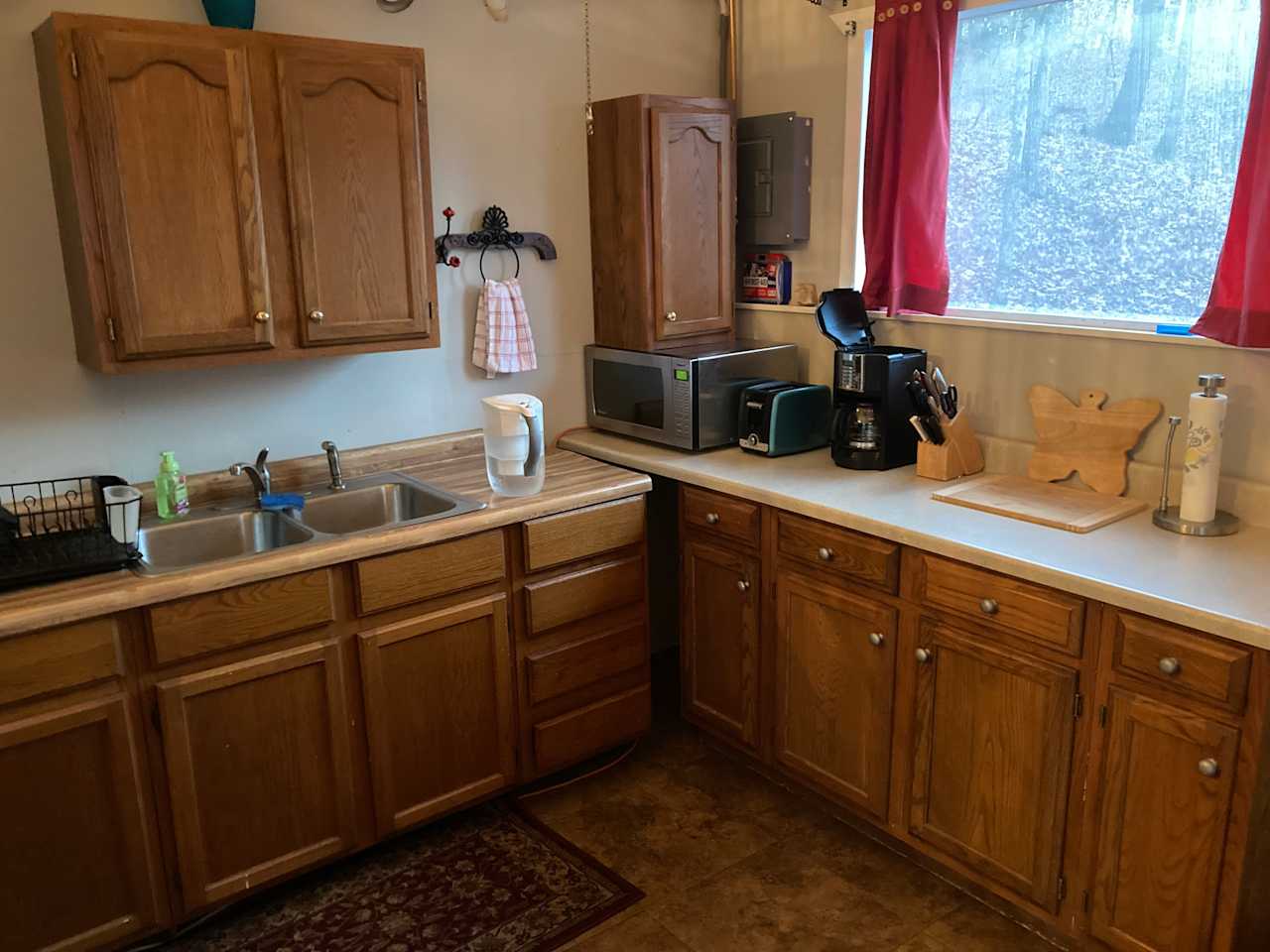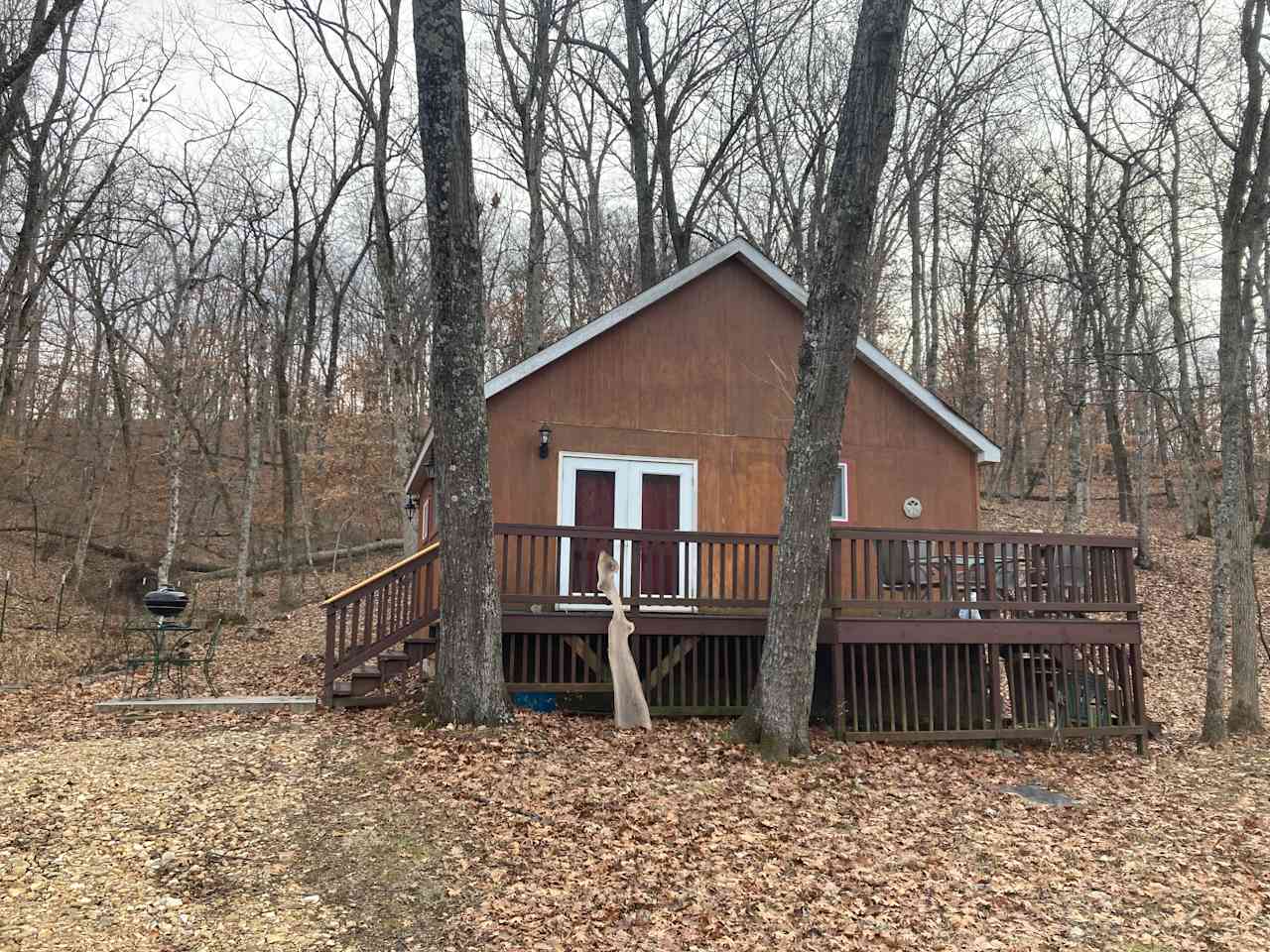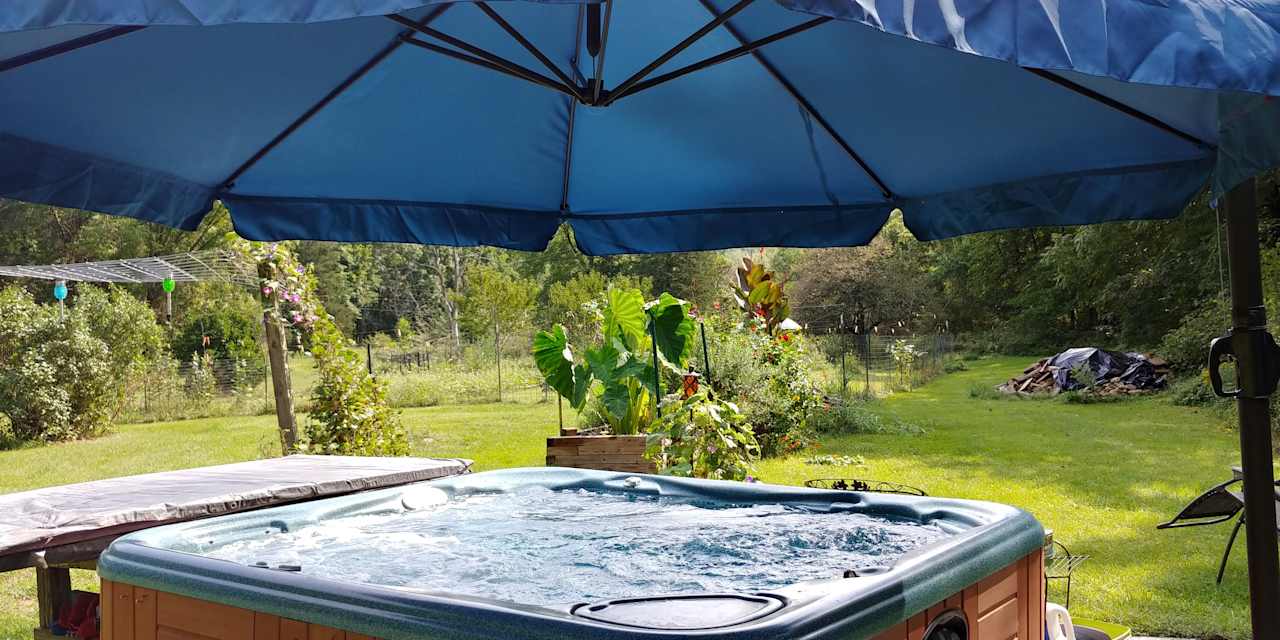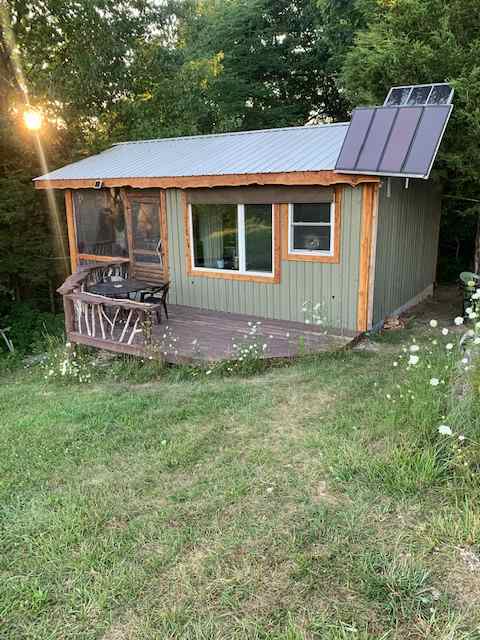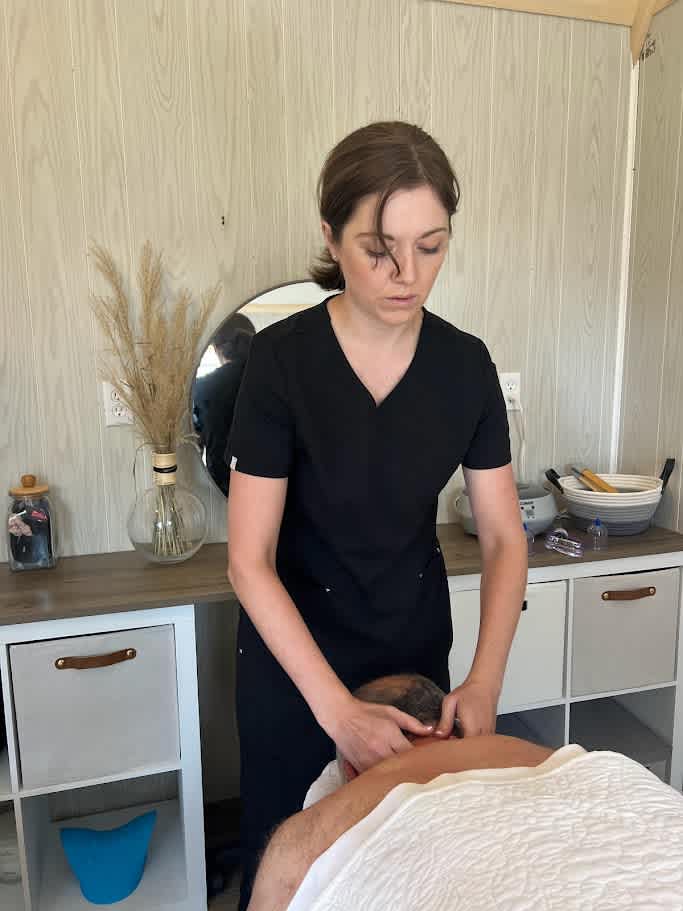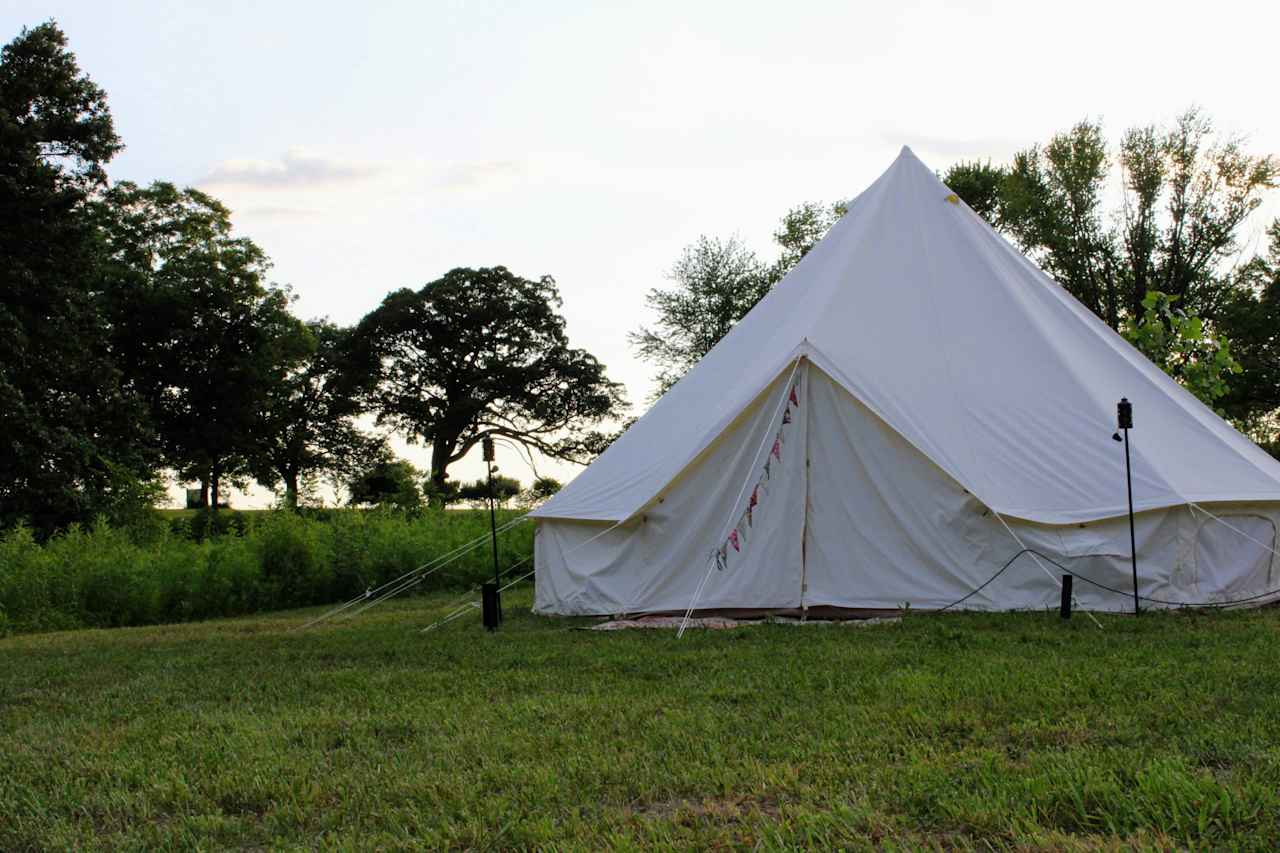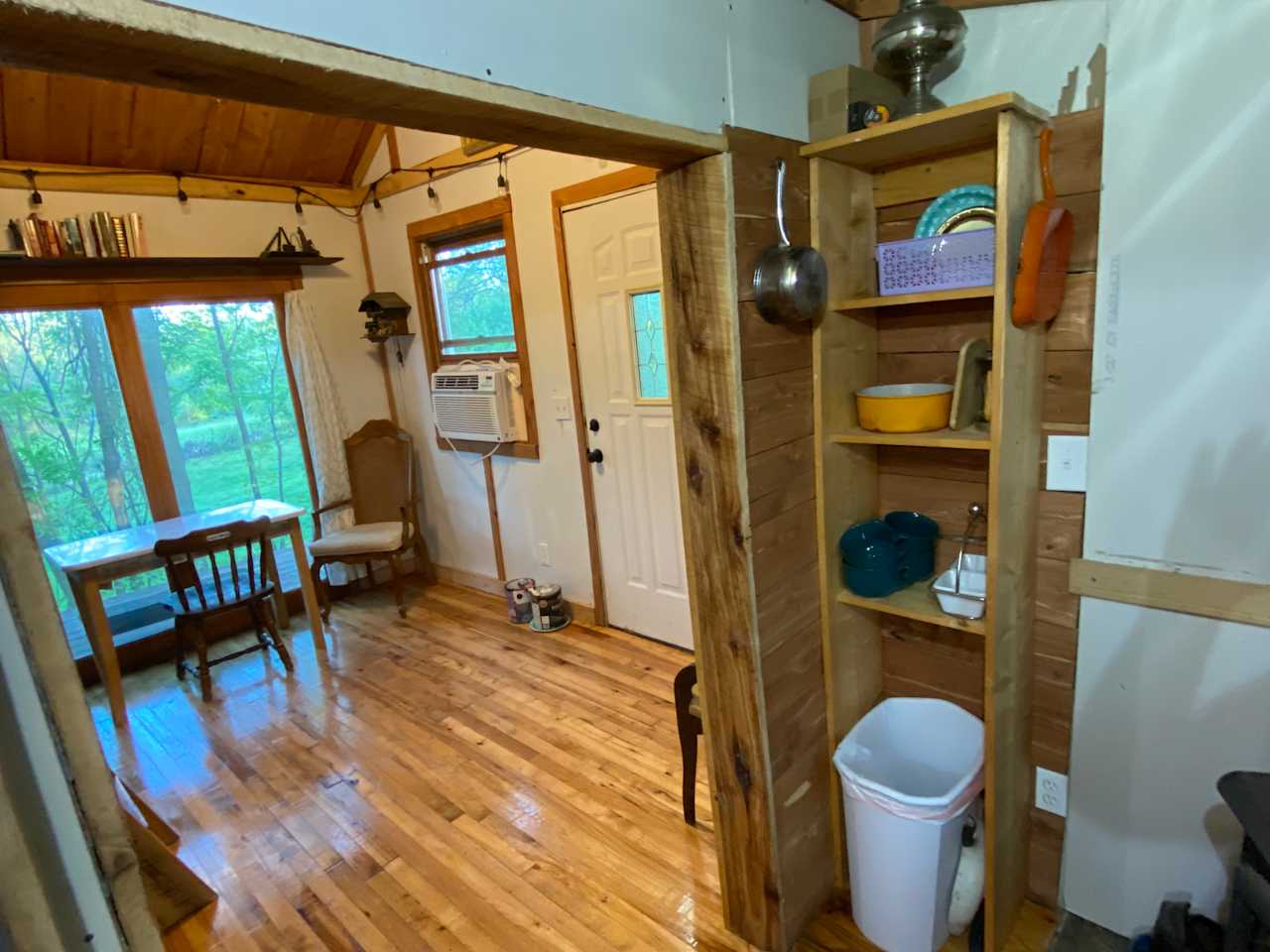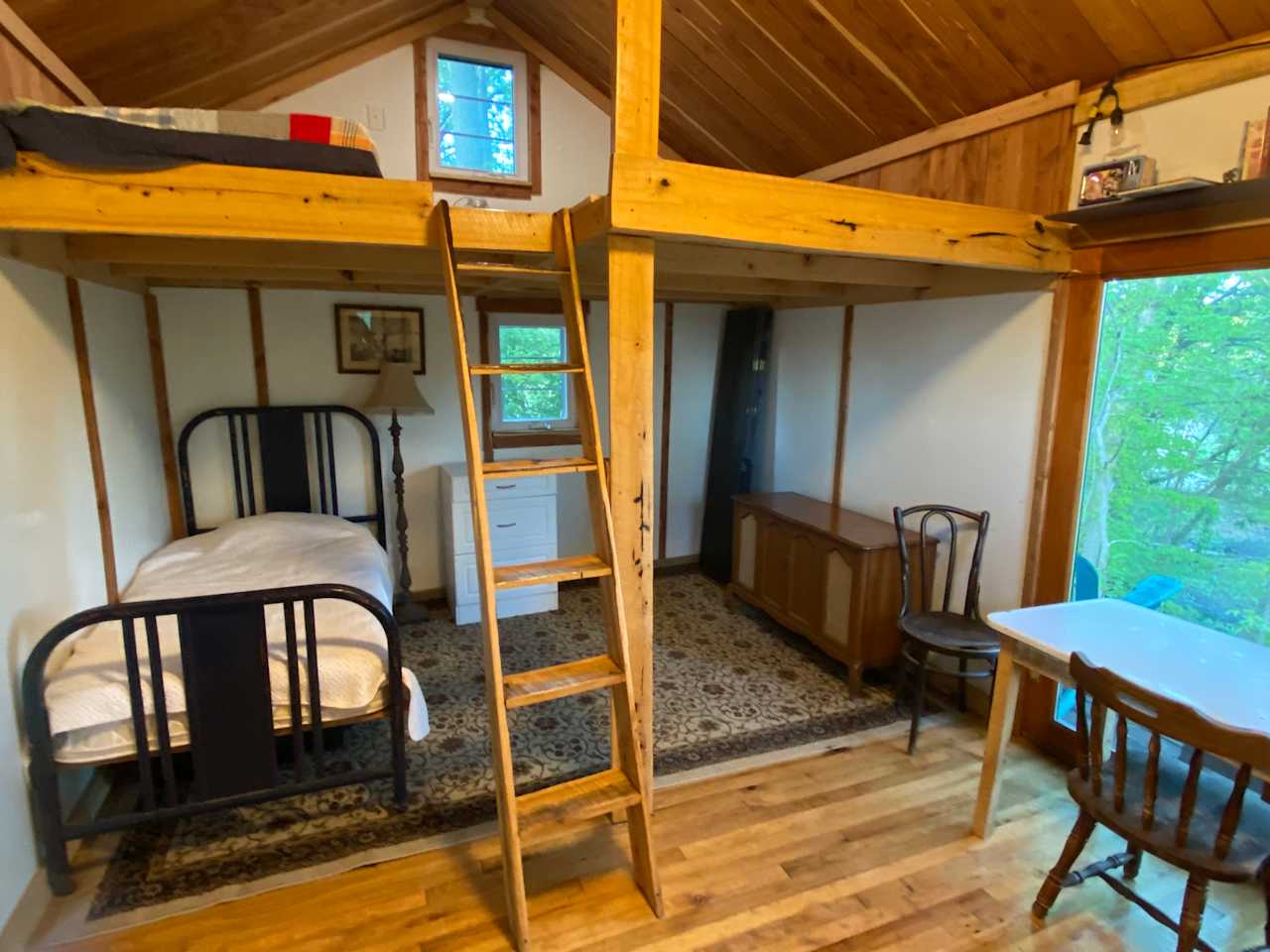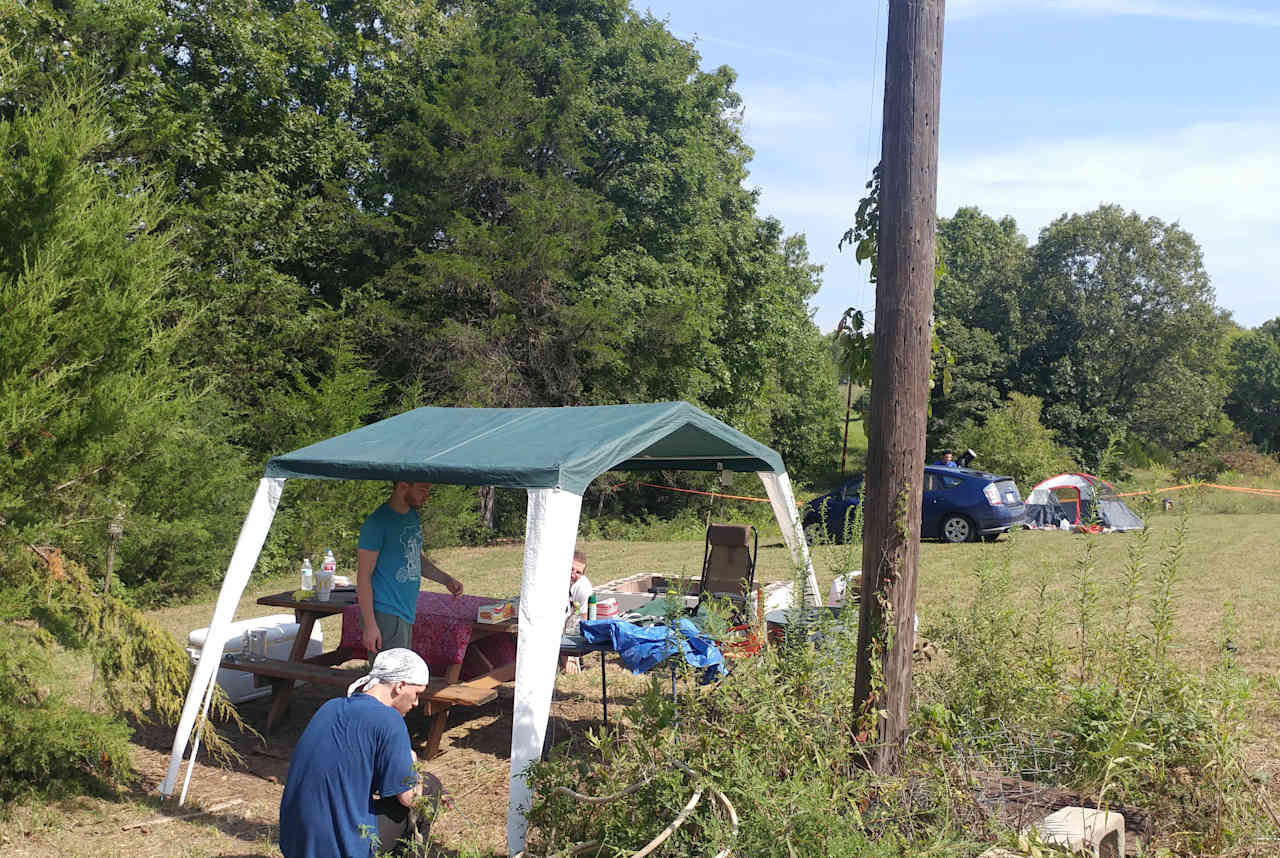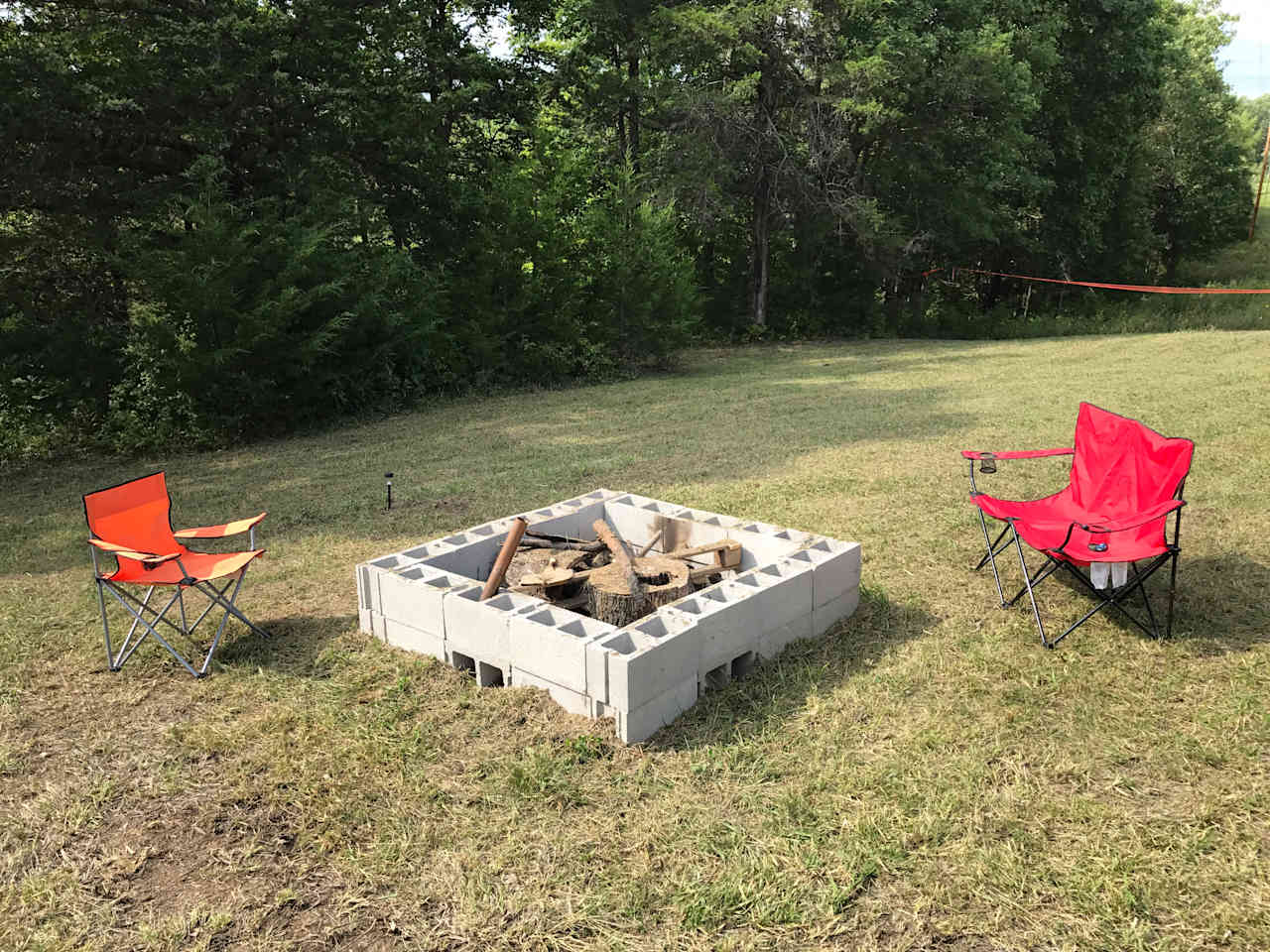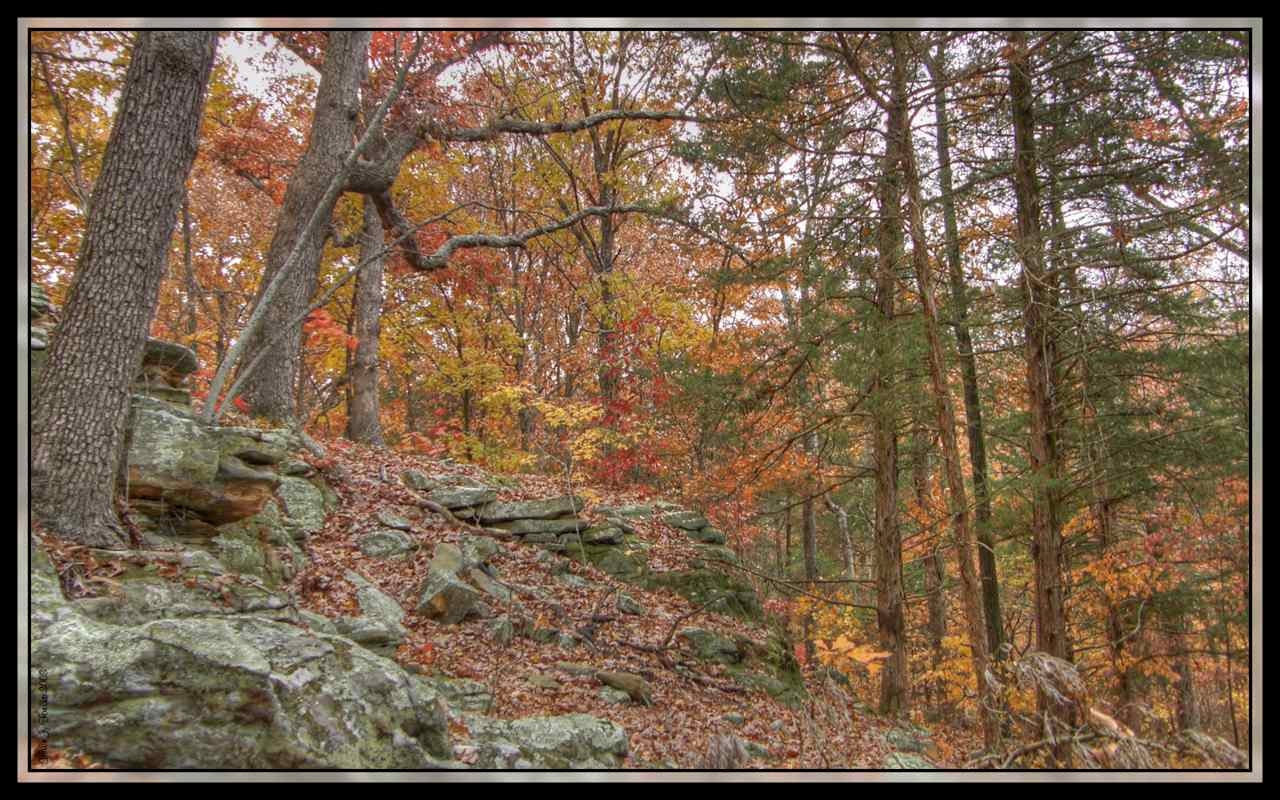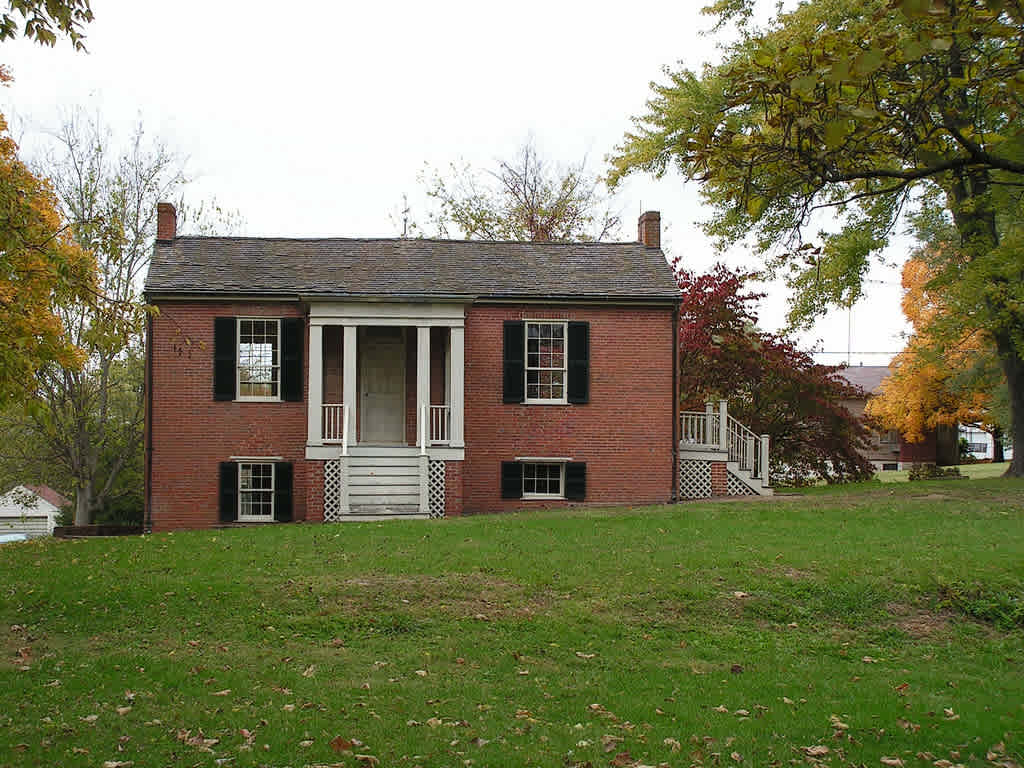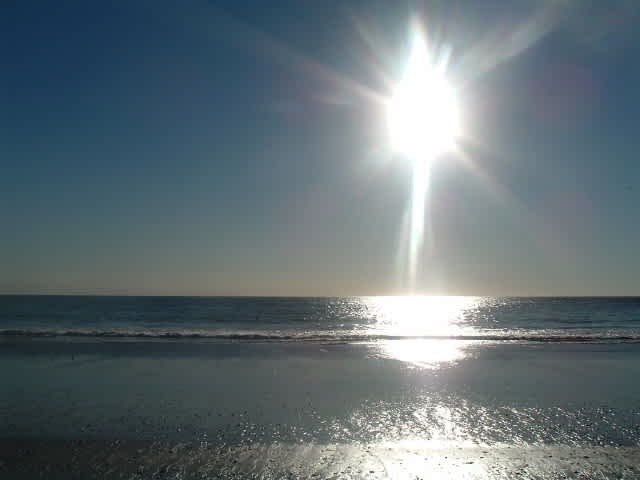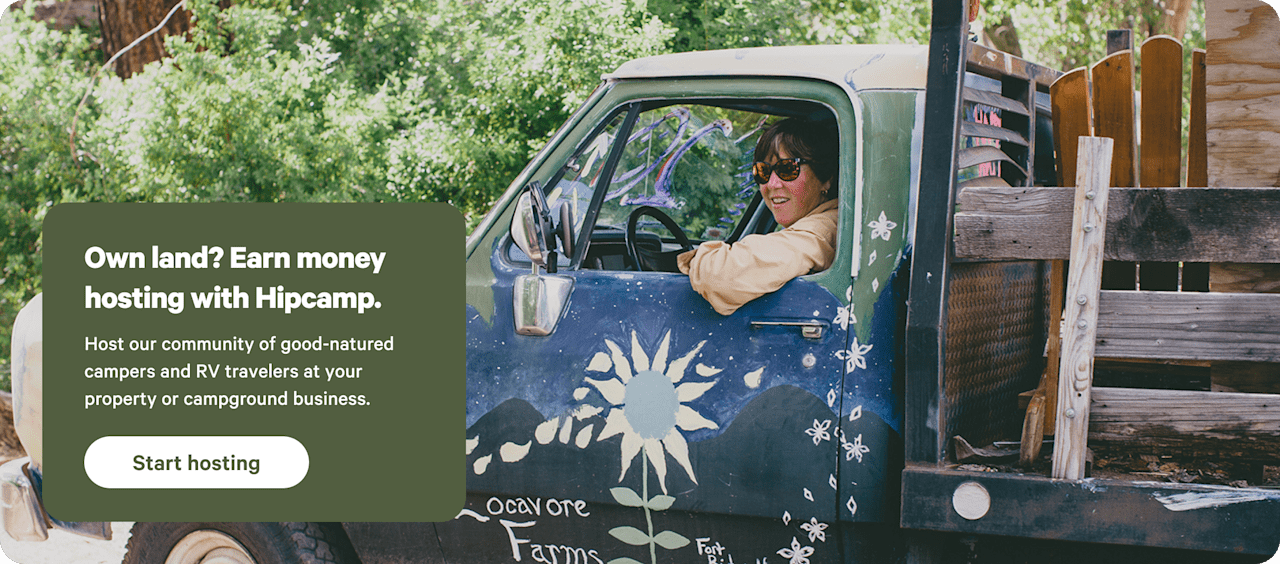Camping near Columbia
Home to the University of Missouri, Columbia is more than just a college town.
- Columbia
Popular camping styles for Columbia
Star Hosts in Columbia
Retreat to the Country
Selby Farm Horse Retirement
The Pocket
Green Goat Cottage
Wildflower Camp, Hike + Swim
Available this weekend
Savanna Springs
Wildflower Camp, Hike + Swim
Ozark Hills Honey Farm
Selby Farm Horse Retirement
Dripping Creek Cabin
12 top campgrounds near Columbia
Retreat to the Country
Selby Farm Horse Retirement
MoonRise Cabin-Farm w/ Trails
Wildflower Camp, Hike + Swim
The Pocket
Herb Farm Glamping Couples Retreat
Dripping Creek Cabin
Savanna Springs
Green Goat Cottage
Ozark Hills Honey Farm
Little Cabin On The Farm
Primitive Camping Farm
Under $50
Wildflower Camp, Hike + Swim
Selby Farm Horse Retirement
The Pocket
Retreat to the Country
Savanna Springs
Dog-friendly getaways
MoonRise Cabin-Farm w/ Trails
Wildflower Camp, Hike + Swim
Retreat to the Country
Selby Farm Horse Retirement
The Pocket
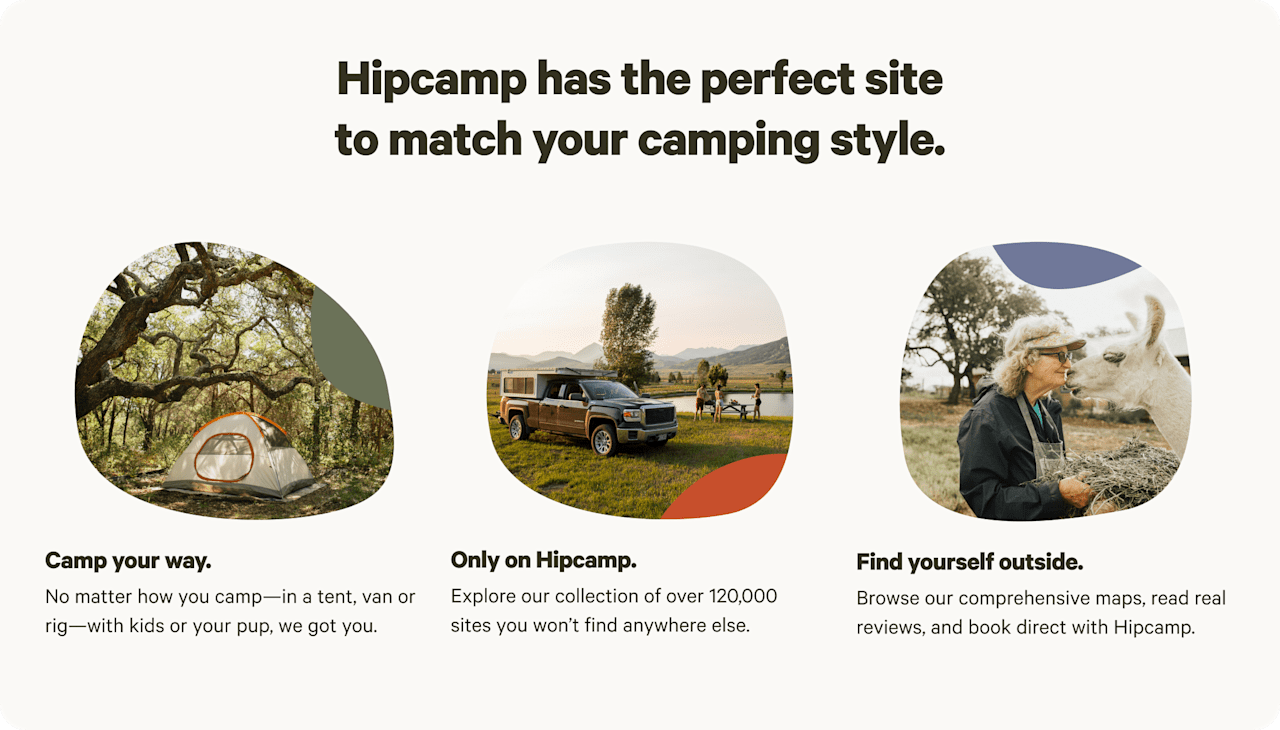

Camping near Columbia guide
Overview
While the University of Missouri–Columbia (commonly called Mizzou) is the heart of the city, Columbia is much more than a college town. Located halfway between Missouri’s two largest cities (St. Louis and Kansas City) and just north of the state capital in Jefferson City, Columbia is center stage in the Show Me State. It offers a hip downtown, outdoor recreation, and a diverse culture. Campers will find unique glamping getaways, private RV parks, state park campgrounds, and more.
Where to go
Katy Trail
This 240-mile rail-to-trail conversion crosses almost the entire width of mid-Missouri, running approximately parallel to Interstate 70. Even if you don’t intend to bike the entire trail, Columbia is a great jumping-off point for a shorter spur. Hop on the MKT Trail in Columbia to catch the Katy Trail to Rocheport and beyond. Rocheport has antebellum homes, a 243-foot tunnel with a picturesque stone arch, and scenic rock bluffs. Many camping options near the trail cater to bicyclists, offering tent, RV, and glamping accommodations.
The District (Downtown Columbia)
The District covers 50 square blocks of downtown Columbia, with three college campuses at its border. This is where you go to eat, shop, and be entertained. Think local coffee shops, quirky dessert nooks, foodie-approved restaurants, live music, outdoor patios, cozy bookstores, and colorful cocktails. Whether you go for a night on the town or for a sleepy breakfast, you’ll find numerous temptations. Walk to the Mizzou campus to appreciate the historic buildings and award-winning landscaping. Private RV resorts can be located near downtown, as well as private campsites.
State Parks and National Forests Near Columbia
The mid-state region is home to a number of state parks and historic sights, and Rock Bridge Memorial is one of the most popular, thanks to the scenic trails and unique geological features. For camping, Finger Lakes State Park is the closest option, offering tent and RV camping onsite. Mark Twain National Forest has a handful of public campgrounds near Columbia, including Dry Fork and Pine Ridge Recreation Areas.
When to go
The population swells with the school year calendar, bringing over 30,000 students to campus. While campsites might be harder to find, the students also bring a buzz of energy to Columbia, which moves at a slower pace during summertime. The shoulder seasons of spring and fall are the best time for camping, with pleasant weather. Summer can bring high temperatures and sweltering humidity, while winter drops below freezing and brings snow and ice.
